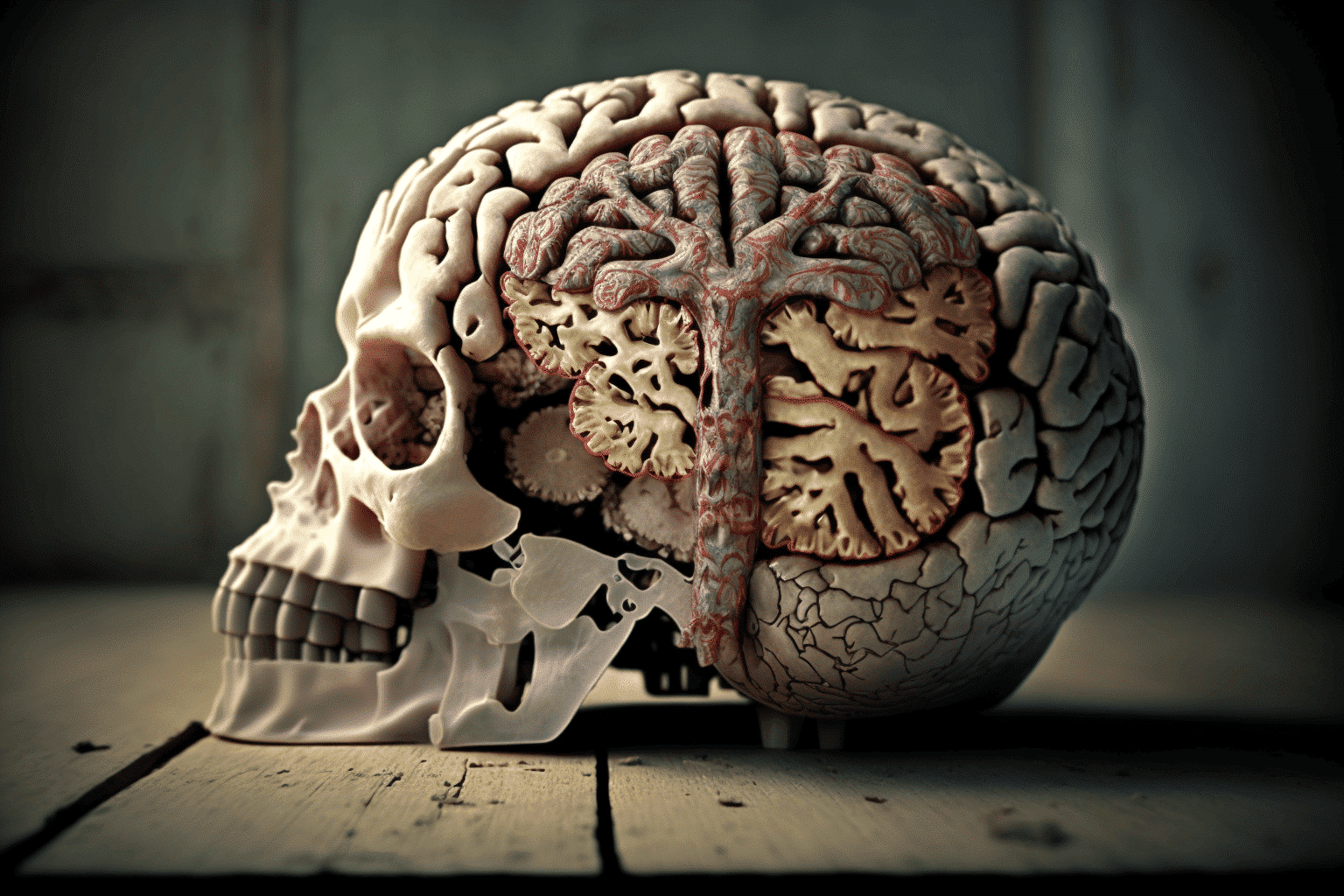Sergio Canavero, a neurosurgeon with a controversial history, has once again made headlines with his latest claims. In a recent paper, he states that whole brain transplants are now “technically feasible.” This announcement follows his previous efforts to conduct head transplants, which he claims to have performed on cadavers in China in 2017. These claims have been met with a great deal of skepticism and disbelief by the scientific community, leading many to question the validity of his latest claims.
Canavero’s Claims Meet with Skepticism
Canavero’s claims have been met with a great deal of skepticism by other neuroscientists and medical professionals. Dean Burnett, author and neuroscientist, wrote in The Guardian that calling the head transplant a “success” is a stretch and that it may have only attached major nerves and blood vessels between the two cadavers, not enough to conduct a successful head transplant. This sentiment is echoed by many in the medical community, who argue that the claims are not backed by sufficient evidence and that the procedures described are not yet possible with current technology.
Project PERSEUS
In his new paper, Canavero claims that the development of brain transplants is necessary due to a lack of technology that can rejuvenate an aged body. The objective of “Project PERSEUS” is to transplant an aging brain into a younger, immunologically compatible body or, in the future, into a non-sentient clone once the technology becomes available. This concept follows a previous unsuccessful attempt at a body transplant in 2019, where the original intended recipient decided to withdraw from the project after forming a romantic relationship and starting a family.
Details of the Procedure
Canavero outlines his plan for a full brain transplant in his paper. The procedure would involve transplanting the brain while still inside the dural sac, a thick membrane surrounding the brain and spinal cord. The patients would be tracheotomized and ventilated before “scalping of the head” starts. Nerves would be fused using polyethylene glycol during the brain transplant process. The patient is expected to recover from post-transplant coma with cranial nerve function already present or rapidly recovering.
Tools and Funding
Canavero admits that new tools will need to be developed to carry out the operation, but it is claimed to be feasible with appropriate funding. The dream of a full brain transplant raises ethical questions about the use of clones in the procedure, but the feasibility of the operation remains to be seen. The development of new tools and techniques will require significant funding and investment, and it is yet to be determined whether such investments will be made in this field of research.
Challenges and Risks
Aside from the lack of funding and technological advancements necessary for a full brain transplant, there are also significant ethical and medical concerns that must be addressed. The risk of rejection and other complications associated with organ transplantation are compounded in the case of a brain transplant, as the brain is the most complex and delicate organ in the human body. Additionally, there are concerns about the potential loss of individuality and personal identity following a brain transplant, as well as the ethical implications of transplanting a brain into a cloned body.
While Canavero’s claims of whole brain transplants being technically feasible have been met with skepticism, the concept raises important questions about the future of medicine and the ethics surrounding the use of clones in medical procedures. The development of new tools and appropriate funding will be necessary for the operation to become a reality, but for now, the idea of a full brain transplant remains a dream. Until significant progress and reliable evidence is shown, the medical community remains cautious and cautious of Canavero’s claims.
The potential benefits and drawbacks of this type of procedure must be carefully considered and weighed before any further steps are taken. It is important to remember that medical advancements and breakthroughs are the result of diligent research, thorough testing, and collaboration with leading experts in the field. Until then, the medical community will continue to monitor the development of brain transplants and its potential impact on society and humanity.
